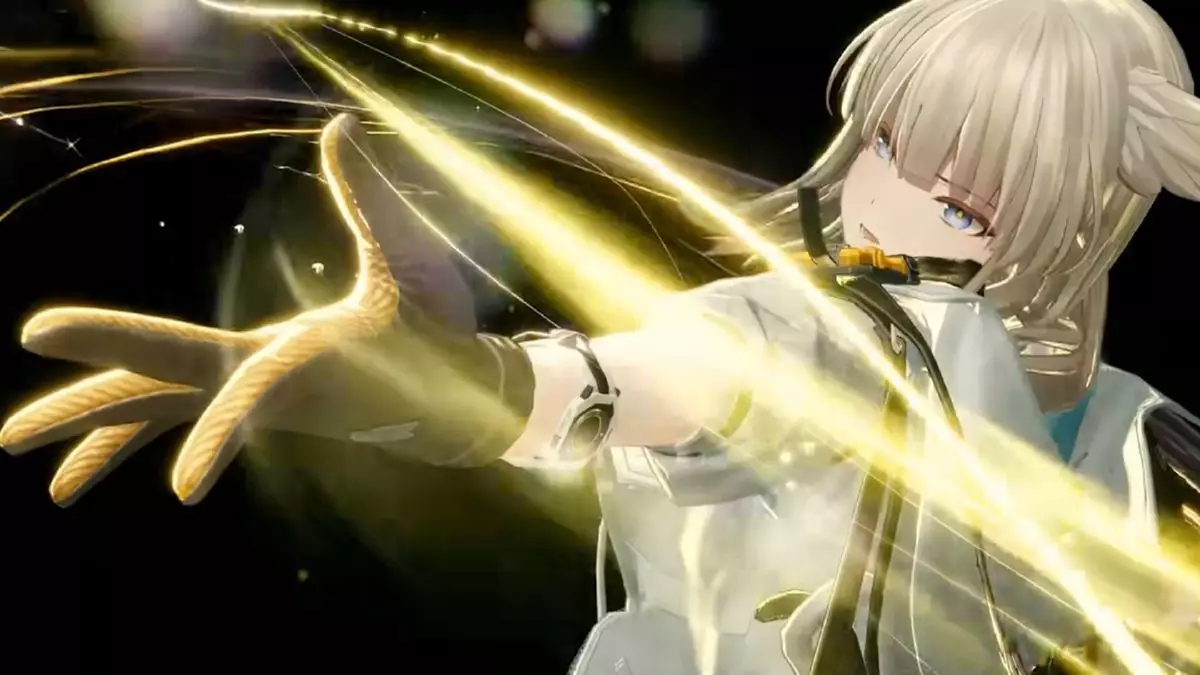The world of video gaming has witnessed remarkable transformations over the years, particularly with the rise of the Chinese gaming industry. Following the runaway success of titles like Black Myth: Wukong and Genshin Impact, developers globally have begun to take note of the unique qualities that set Chinese video games apart from their counterparts in Japan. Recent discussions initiated by Japanese developers regarding the technical achievements and artistic flair observed in Chinese games illustrate a pivotal shift in the gaming landscape.
The recent acclaim for games like Arknights: Endfield, developed by Shanghai’s Hypergryph, reveals a significant transformation in how Chinese games are perceived. Contrary to the traditional view that hinged primarily on graphics, many developers now highlight the importance of animation quality. Alwei, an industry representative, recently stated that the superiority of Chinese animation is evident not only in character movement but also in physics and camera work. This multi-dimensional perspective reflects a deep understanding that animation quality plays a vital role in creating immersive gaming experiences.
What’s notable here is how these technical aspects serve as a foundation for narrative immersion in video games. While one might initially view gacha games as superficial, a closer examination exposes the nuanced artistry that goes into high-quality animations. The ability to guide the player’s attention through sophisticated photography in gameplay represents a developed narrative technique and shifts the dialogue around what constitutes top-tier gaming quality.
The conversation surrounding the differences between Chinese and Japanese game development leads to broader considerations of resource allocation and creative freedom. As highlighted by Shiba_29, a game developer, the funding and manpower dedicated to Chinese projects far exceed what is typically allocated in Japan. With China’s robust population of over 1.4 billion, the resulting resources available for developing immersive gaming experiences dwarf the options available in Japan, which has a population of roughly 124 million.
The implication here reaches beyond mere numbers; it underscores an essential psychological and cultural attitude toward game design in China. Development teams are described as “free-spirited,” allowing creative explorations that might be considered too bold or unconventional in more conservative Japanese studios. This environment fosters innovative gameplay mechanics and visually captivating animations, propelling the market into new territory while embracing artistic risks.
However, it’s critical to question the sustainability of these advancements. Given the vast investment in animation and design, the economic model underpinning these games becomes a focus of scrutiny. Can the revenue from initial sales offsets the substantial financial investment required? While successful launches like Genshin Impact have converted millions into fans, the challenge remains for newer titles to meet these lofty expectations consistently.
Furthermore, as noted by industry insiders, Japan’s current shortage of skilled animators raises a red flag concerning its ability to compete in animation quality. If trends continue, there’s a risk that Japanese developers may need to reshape their approach to tap into the increasingly competitive landscape. The conversations sparked by the Japanese developers’ observations suggest a cautious recognition that the future of video gaming may not solely rest on nostalgic ties to traditional Japanese aesthetics or gameplay mechanics.
In reflecting on the evolving dynamics of global gaming, one must appreciate how cross-cultural influences enrich the industry. Chinese developers are not merely producing games; they are establishing benchmarks that challenge pre-existing notions of quality and creativity. As they continue to innovate and redefine standards, the entire gaming ecosystem will likely witness profound changes in artistic expression, animation quality, and gameplay mechanics. This trajectory suggests an exciting era where collaboration, admiration, and competition between nations may craft the future of gaming as we know it—a future that might blend the best of both worlds.

